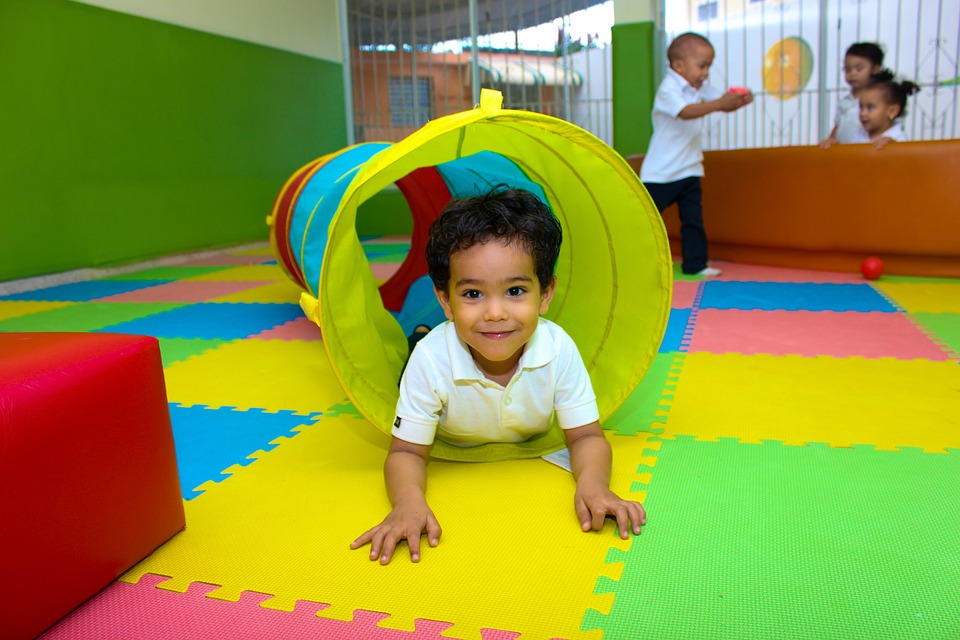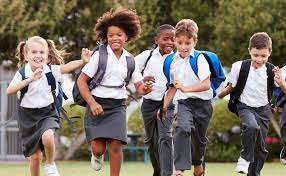Introduction:
Fire Prevention Week is an essential time to educate both children and adults about the importance of fire safety and prevention. Engaging in fun and informative activities can help raise awareness about potential hazards while also teaching valuable life-saving skills. Here are 15 Fire Prevention Week activities perfect for educating and empowering individuals of all ages.
1. Fire Safety Scavenger Hunt
Organize a scavenger hunt around your home or community, using clues that lead participants to various fire safety devices like fire extinguishers, smoke detectors, and escape ladders.
2. Home Escape Plan Challenge
Challenge your family members or coworkers to create a home escape plan identifying two ways out of every room in case of a fire emergency.
3. Smoke Detector Test Race
Compete with others to see who can test all the smoke detectors in their homes the fastest – just remember to replace batteries if needed!
4. DIY Fire Extinguisher Demonstration
Using an empty spray bottle, demonstrate proper fire extinguisher techniques on pretend fires made with paper flames taped to the wall.
5. Stop, Drop, and Roll Relay Race
Host a relay race where participants practice the “stop, drop, and roll” method of extinguishing flames on their clothes.
6. Firefighter Obstacle Course
Set up an obstacle course to mimic firefighting tasks such as crawling under smoke, traversing narrow spaces, and carrying a hose or ladder.
7. Visit Your Local Fire Station
Schedule a tour of your local fire station for both kids and adults to learn firsthand about firefighting equipment and firefighter responsibilities.
8. Fire Safety Film Screening
Host a film screening featuring movies or documentaries that address fire prevention and safety topics, followed by group discussions.
9. Create Your Own Fire Safety Posters
Turn fire safety tips into artwork by designing posters for display throughout your home, school, or workplace.
10. Fire Safety Bingo
Create a custom bingo board with fire safety symbols, terms, and facts. Play with friends or colleagues for an educational and engaging game night!
11. Smoke Alarm Art
Encourage kids to decorate their smoke alarms with fun stickers, helping them familiarize themselves with the devices while adding a colorful touch to their rooms.
12. Sparky the Fire Dog Storytime
Host a storytime event featuring books about Sparky the Fire Dog, teaching fire safety lessons through storytelling.
13. Host a Fire Safety Workshop
Organize and host a free community workshop highlighting fire prevention topics such as kitchen safety, space heater usage, and candle safety.
14. Home Hazard Hunt
Inspect your living space for potential fire hazards like overloaded outlets or improperly stored flammables, and document your findings to create an action plan for improvements.
15. Candlelit Dinner Swap
Host a casual potluck dinner where participants swap recipes for meals made without using candles or open flames in order to promote fire safety in the kitchen.
Conclusion:
Fire Prevention Week is an invaluable opportunity to teach kids and adults the importance of fire safety while also engaging in entertaining activities that leave lasting impressions. By participating in these 15 activities, you’re making strides towards building a safer and more aware community— one that’s prepared to tackle emergencies when needed.











